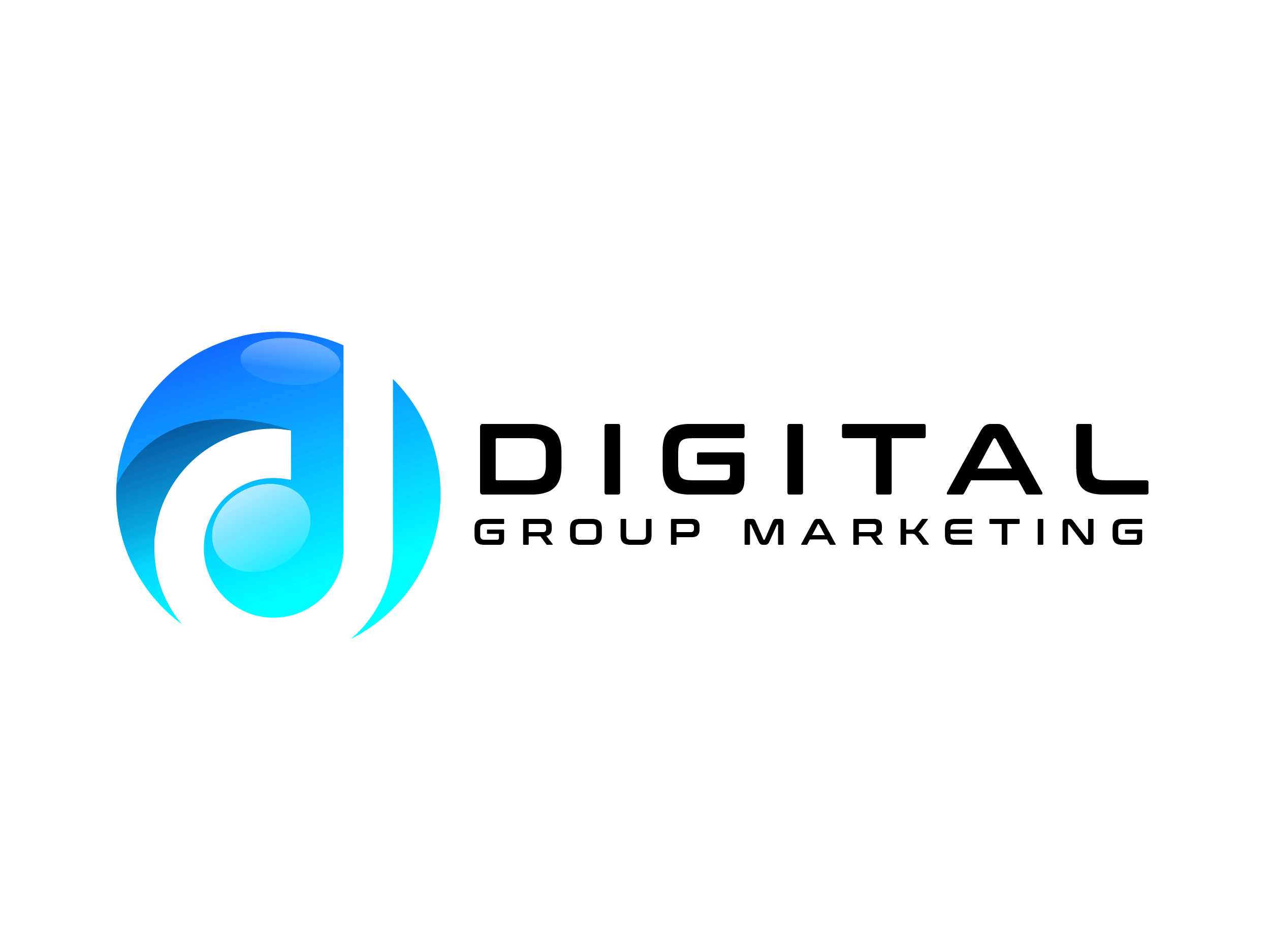The Ethics of Social Media
These days, it’s difficult to be a part of society without having some form of social media. No doubt it has helped us connect with distant family members and new parts of the world, but at what cost? With rising social media concerns, a new career has been created: Social Media Ethicists. Let’s take a look at this new position, and what it means for our daily media consumption.
What is a Social Media Ethicist?
A social media ethicist’s (other times called a tech ethicist or design ethicist) job is to responsibly monitor the curation of user-based media. Of course, responsible is a subjective term, but there are a couple of things these ethicists monitor specifically in order to come to conclusions.
For one thing, social ethicists have a deep knowledge of human innate behavior and psychology. Whether we are conscious of it or not, apps, especially those of social media, are often designed to play into our biological cues in order to keep us engaged. A tech ethicist’s job is to determine where this inevitable practice goes too far.
Social media ethicists are unique in that they are yet to have an official code of ethics. Other disciplines of design, such as architecture, have general guidelines they can look to from the American Institute of Architects. Since social media is such a new development as a whole, these codes are yet to exist, and consequently, create a lot of grey area in regards to what is considered morally acceptable.
Hence, part of the hiring process of Ethicists is to determine general morality. It’s easy to see how the duties and overall effectiveness of these workers can get muddy. Big name companies such as Google pay good money to bring these specialists onto their teams.
Moreover, all social media companies invest heavily in consultants with a deep understanding of human instincts and biological cues. As we learn more about social media and its effect on society, more of these positions should arise resulting in a more streamlined code of ethics.
How does Social Media Affect the Brain?
Without a doubt, social media affects our thought patterns and habits, even after we exit the app. According to the UK communications regulator Ofcom, two-thirds of all adults under 35 check their phones within the first 5 minutes of the day.
A majority of American citizens sampled by the PEW research center reported social media interrupting at least one in-person interaction on a regular basis. It has become normal to pull out our phones in any free gap of time/silence.
Not only does this reduce the quality of our personal connections, but our brain adapts to the instant gratification given through phone usage. According to the tech company Asurion, people on average check their phone every 10 minutes.
The phrase “digital dependency” has become much more than a buzzword, as a majority of people in the same study reported some form of stress/anxiety when their phone was off, or outside of arms reach.
When you receive a “like” on a social platform, your brain reacts in the same way it would if you were on drugs. A shot of dopamine is sent through your system, making the experience highly addictive. Moreover, since the amount of likes received is unpredictable, your brain becomes even more attached to the activity, as you are essentially replicating the thrill of a slot machine.
This is no accident- relatively new features such as the “pull to refresh” feature embedded on most social platforms give the user the illusion of control- Users periodically receive the biological reward of dopamine after physically acting to refresh a page. Subconsciously, our brain associates our refreshing with the dopamine rush, and we quickly become addicted to refreshing constantly with an app, in search of a hit.
Our body relies on visual cues to guide our actions more so than conscious, rational thought. App designers capitalized on this feature, and have implemented use of the “infinite scroll”, where there is no clear end-point to the consumption of media. More recently, Instagram and Youtube adjusted their main scrolling sections to organize by relevance, not by date, making the time spent on the app even more elusive, as there is no clear way four our eyes to identify a stopping point.
Notifications and App icons have adapted to a warmer color scheme, as our eyes naturally gravitate towards reds and pinks over cooler tone colors. Moreover, notifications are often linked with our phones vibrating or even flashing lights to get our attention. This plays back into one of our earliest biological tendencies to pay attention to moving objects as a survival tactic. The list goes on and- clearly, these products are engineered to hold our attention.
Helpful Tips from Design Ethicists
As digital dependency becomes more of a hot button issue, a growing number of people are demanding that social media be designed in a more ethical fashion. Certain social networks such as Frendica and Mastodon are proposing a solution by being more decentralized.
The hope is that the problem will take care of itself with open source communication since there won’t be any single entity engineering or policing the platform. Until improved technology arrises, here are a couple of tips from design ethicists on how to reduce your phone usage:
- Have your home screen (Or the first screen you see when entering your device) full of the bare necessities (Exclude Social Apps). Out of sight, out of mind, isn’t just a saying- The less we see of something, the less likely we are to engage with it.
- Turn your phone colors to grayscale. The less aesthetically appealing your phone is, the less time you’ll spend on it.
- Turn off as many notifications as possible. This can be difficult, especially with items such as email. As a stepping stone, reduce notifications strength: i.e instead of notifications producing vibrations, select banner notifications only.
Above all, social media has vastly changed the way we live and interact with our environment. Social Media Ethicists have a growing responsibility to shape our consumption of media in a way that is morally sound. Social media is a great tool to connect, but it’s always a good idea to be aware of how you can be targeted digitally.


